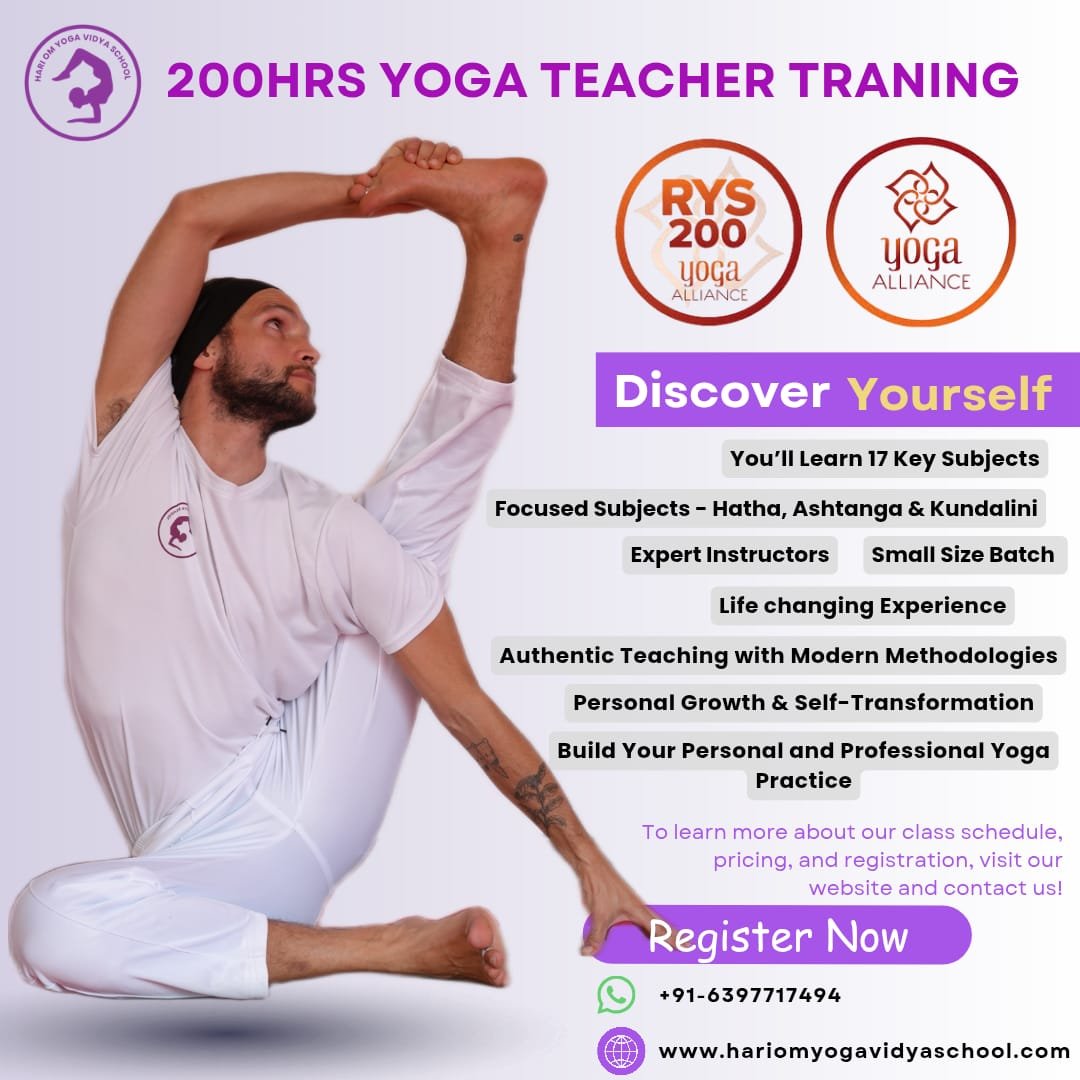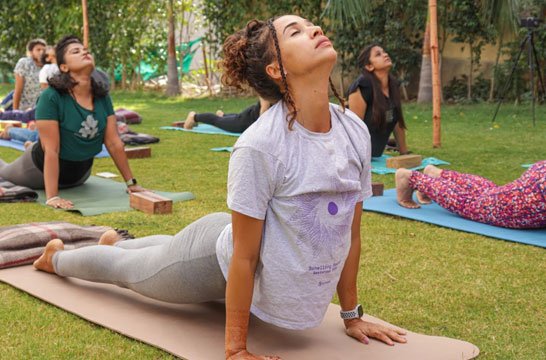
Here we are providing numerous Yoga Asanas for Hair Growth.
Yoga provides several holistic health advantages. This traditional exercise discipline, which is essentially a way of life, has been recognized to not only protect emotional and mental health but also to treat skin and hair problems. If you’re weary of your short bob and want your tresses to grow longer, there are numerous yoga asanas that can aid with hair development. Indeed, Yoga Asanas for Hair Growth and improved health is gaining popularity throughout the world owing to the fantastic outcomes it appears to generate. Here are several yoga asanas that will not only boost hair development but also reduce hair fall and improve hair health.
Read More: Why Is Kundalini Yoga Dangerous? The Truth About Its Risks and Rewards
3 Yoga Asana For Hair Growth
Kapalabhati Yoga Asanas For Hair Growth

Kapalabhati is good yoga asana for hair growth in few months. The name Kapalabhati is derived from two Sanskrit words: Kapala (skull) and Bhati (light). It’s a mind-body practice that revitalizes, purifies, and energies. This breathing exercise aids in the removal of toxins from the kapal, or entire head or face region, improving improved oxygen flow and lowering free radicals, so encouraging hair development. Furthermore, it aids in the reduction of stress and anxiety, both of which contribute to hair loss.
How to: Sit in a crossed leg stance while keeping your back, neck, and head straight. Place your hands on your knees, palms up, and relax all of your muscles. Take a big breath in and then expel all of the air while clenching your abdominal muscles. Do this for a few minutes.
Sarvangasana Yoga Asanas For Hair Growth

Sarvangasana, often known as the shoulder stand, is a full-body exercise that targets many muscle groups. It improves both your balance and your posture. Aside from that, this asana improves blood circulation in the brain. The stance has a long-term effect on your head and is especially useful for dry and weak hair. Its good yoga asanas for hair growth.
How to: Lie on your back against a wall with your legs at a 90-degree angle. You next lift your hips off the ground, supported by your hands, and balance your complete body on your shoulders.
Pro Tip: Before attempting this posture, visit your doctor if you have a slip disc, heart issues, or high blood pressure.
Balasana Yoga Asanas For Hair Growth

Before you get any notions, Balasana actually means “child’s position,” not “hair pose.” However, it combats the two most common causes of hair loss: stress and intestinal disorders. Balasana is widely advised for stomach-related ailments, and it is also believed to aid with anxiety. Daily practice of this stance can improve both your digestive and mental health, lowering your chance of hair loss significantly. Balasana is good & easy yoga asanas for hair growth.
How to Do It: Sit on your mat, knees folded, and legs touching your hips. Inhale, then stretch your hands upwards before exhaling and bending down with your core until your forehead and palms contact the ground.
Read More: Everything You Need to Know About Kundalini Yoga Teacher Training
Deepen Your Yoga Practice with Hari Om Yoga Vidya School
Located in the heart of Rishikesh, Hari Om Yoga Vidya School is a place where ancient yogic wisdom meets modern teaching techniques. As a top yoga school in Rishikesh, we are committed to providing authentic, immersive yoga education in a peaceful, spiritual setting. Recognized as one of the best yoga schools in Rishikesh, we offer structured training programs designed to help you evolve in your practice, whether you are a beginner or an experienced yogi.
If you’re searching for a yoga school in Rishikesh that focuses on holistic learning, experienced teachers, and a supportive community, look no further!
Explore Our Yoga Teacher Training & Retreats
At Hari Om Yoga Vidya School, we offer a range of courses tailored for different levels of practitioners:
✅ 100-Hour Yoga Teacher Training in Rishikesh – A foundational course for those looking to begin their yoga journey.
✅ 200-Hour Yoga Teacher Training in Rishikesh – An internationally recognized certification for aspiring yoga teachers.
✅ 300-Hour Yoga Teacher Training in Rishikesh – Advanced training to deepen your practice and refine your teaching skills.
✅ 7-Day Yoga Retreat in Rishikesh – A rejuvenating escape into yoga, meditation, and self-discovery.
✅ 10-Day Yoga Retreats in Rishikesh – A transformative experience that blends yoga, relaxation, and Himalayan serenity.
Join us for a life-changing experience and become part of our global yoga family! 🌿✨
FAQ
Q. Does yoga help with hair loss?
A. Yoga and pranayama stimulate blood circulation in the head and scalp, which aids in the rejuvenation of dry and limp hair. As a result, hair loss is reduced and hair growth is promoted. So, if you are experiencing hair loss or early indications of baldness, doing yoga on a regular basis might be really beneficial.
Q. What is the best yoga pose for good hair?
A. It has been shown that stress is a key component in many cases of hair loss. So, if you can handle stress better, you can reduce hair fall naturally. Adho Mukha Svanasana, or the downward dog position, is an effective stress reliever in such instances. and good yoga asanas for hair growth.
Q. Is touching your nails healthy for your hair?
A. According to research, rubbing your nails together can aid with hair loss. Because the nerves under the fingernails are directly related to the hair follicles, stroking the fingernails can increase blood circulation in the scalp, resulting in hair growth.




